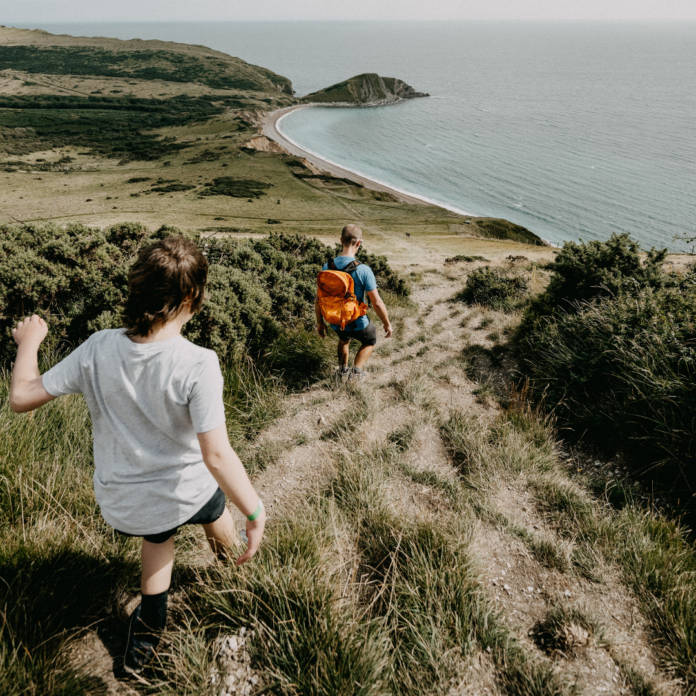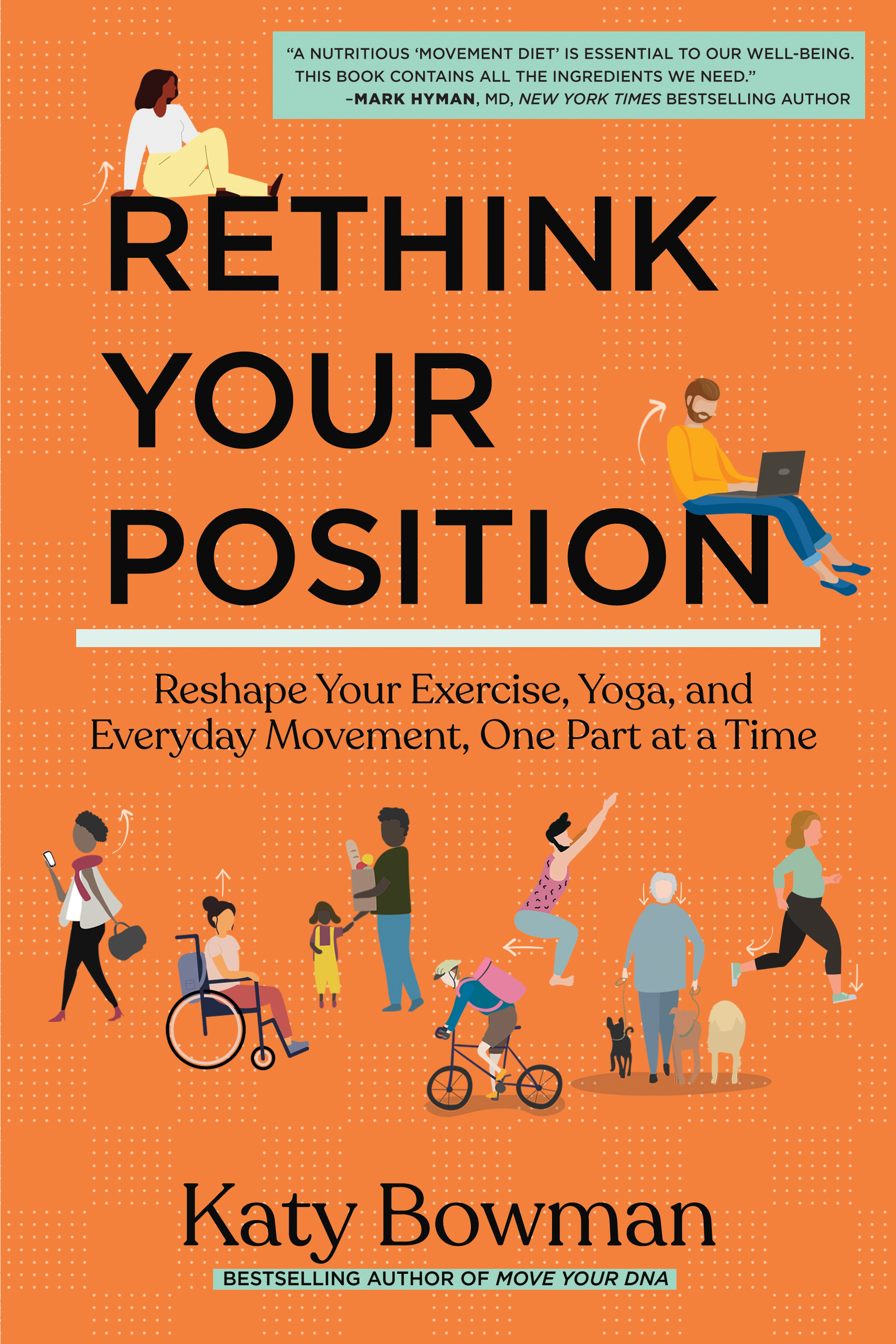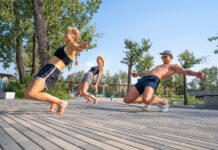
A couple of weeks ago our family hiked with another family from up high in the Olympic National Park to the town below—4,230 vertical feet over eight miles (or 9.5 if you want to take the GPS’s word for it).
We always do a couple of challenging family “thru-hikes” each summer—point-to-point hikes that add some other element of sticking with the challenging walk over time. A one-day kid version, if you will.
This was no easy trail (and in many spots, it wasn’t a trail at all); most steps required mindful foot placement because it was so rugged. But our two families made it. This was the first time
I’ve never done so many steep downhill kilometres without any flat or uphill terrain to break it up.
Two days later, muscle soreness was pinging me in three areas on each leg—glute medius, lateral quad, and soleus.
Why These Muscles?
Going uphill is hard. Leg muscles have to do a lot of work to lift up the weight of the body, which requires the heart and lungs to move more. Lowering the body doesn’t take as many heart and lung motions because you’re being pulled down the mountain, which is easier in one way but harder in another. Declines—especially steep ones—require the body to “put on the brakes” to keep itself from tumbling down.
The areas I felt after my downhill trek are where the body’s “downhill brakes” are located.
1. The SOLEUS muscle is the deepest calf muscle, and it connects the heel to the shin. When taking a controlled downhill step, the soleus lengthens despite the fact that it’s simultaneously contracting (trying to get shorter), so you don’t drop down the step too fast. When muscles work in the opposite direction to their net movement, it’s called an eccentric contraction.
2. Similarly, the QUADS on the front of the thigh must get longer to lower the body, but they must also work opposite to that motion to act as brakes.
3. The GLUTE MEDIUS (one of the lateral hip muscles) has the same challenge—to get longer to lower the other side of the pelvis, while also trying to tighten in order to control that motion eccentrically.
There are ways to get downhill that don’t use the parts noted above. When ankles, knees, hips, and waist are stiff, gait patterns get creative. People with stiff parts can still log many kilometres a day or even multiple hikes a week; however, with time, these alternative creative patterns take their toll.
Why Can Knees Hurt When You’re Walking Downhill?
1. Your knees are doing more than their share of the work. The first thing I have folks check on their downhill gait is “are you using your knees and hips, or just your knees?”
One way to save the knee from having to do all the bending work to lower the foot to the ground below is to make sure you’re also lowering the hip when you’re going downhill. This involves lots of hip muscle use, which helps keep your mass from bombing down the hill.
If you list and shift the hip, you create a “slalom” for your centre of mass—moving it side to side as it goes down—slowing you naturally. Using your lateral hips to lower and slow your body down with each step means you don’t have to ride the quad brakes so often or so hard. Your knees can do all of the work (and probably have been for some time), but they don’t have to.
Remember to do the slalom list-and-shift of the hip while you hike. Even if you haven’t practiced it a lot, you can use it to change your gait on the trail and give your knees a rest.
2. Your kneecap (patella) isn’t tracking in the “patellar groove.” Going downhill works your quads and thus tenses them. The patella is embedded in the quadriceps’ tendon, and if your quads are tense and you’re walking downhill, they press the patella deeper into the knee joint than they would on uphill or flatter terrain. OUCH!
Our knees have space for the kneecap, but the kneecap can get pulled out of that space (usually it’s pulled sideways) as a result of your all-time movement habits and patterns. Going downhill when the kneecap is out of its groove increases the pressure in the knee.
P.S. This can also be why kneeling upon or deeply bending a knee hurts.
I hope this takes some of the mystery out of why downhill walking often makes for achy knees. The good news: it’s most often a situation you can do something about.

Excerpt from Rethink Your Position by Katy Bowman. Copyright © 2023 by Katy Bowman. Published by Propriometrics Press. Reproduced by arrangement with the publisher. All rights reserved.

Read This Story in Our 2023 Summer Outdoor & Travel Issue
Featuring Alison Jackson, Canadian cyclist and only North American male or female to win the famed Paris Roubaix. Travel the country’s most stunning hot spots by campervan. Become a better trail running by improving your ascents and descents—plus, train outdoors with Canada’s Top Fitness Trainers. Enjoy plant-based summer recipes and so much more.















